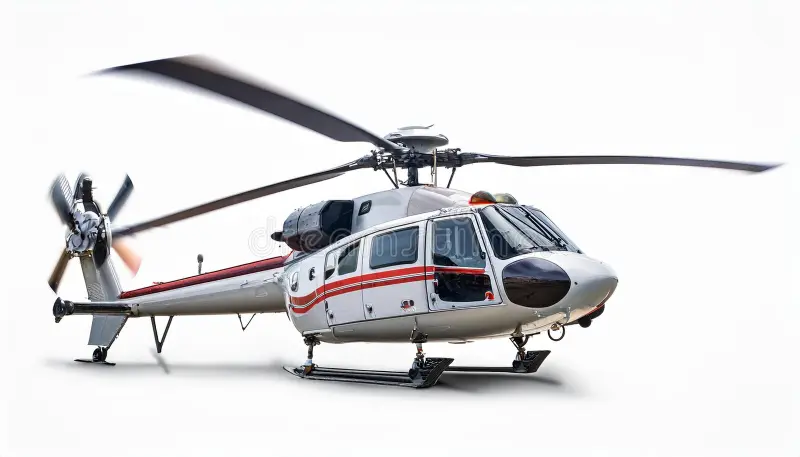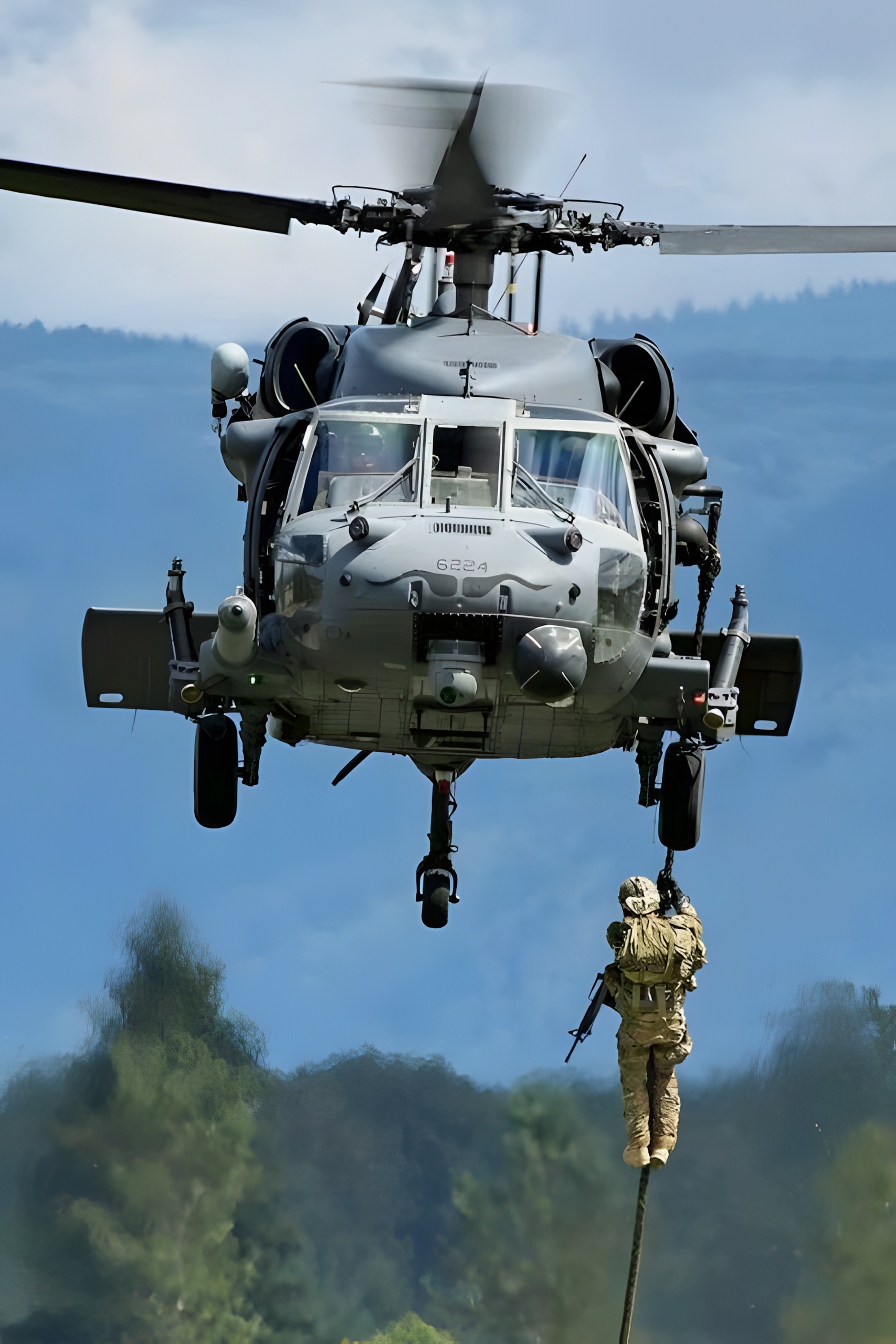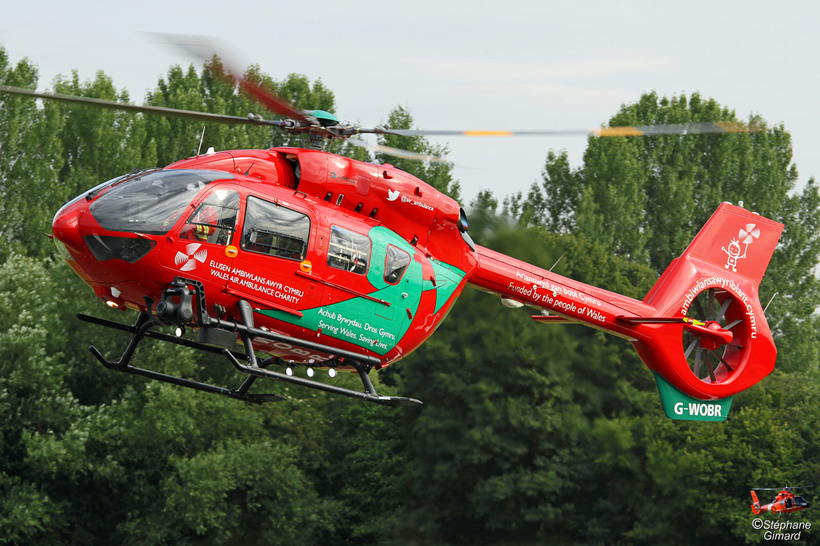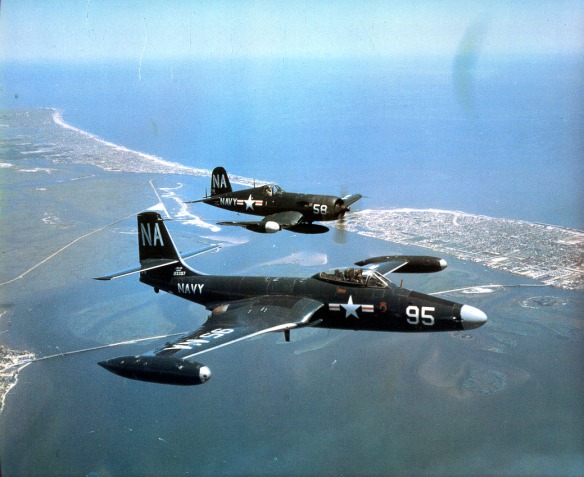Understanding the Main Components of a Helicopter
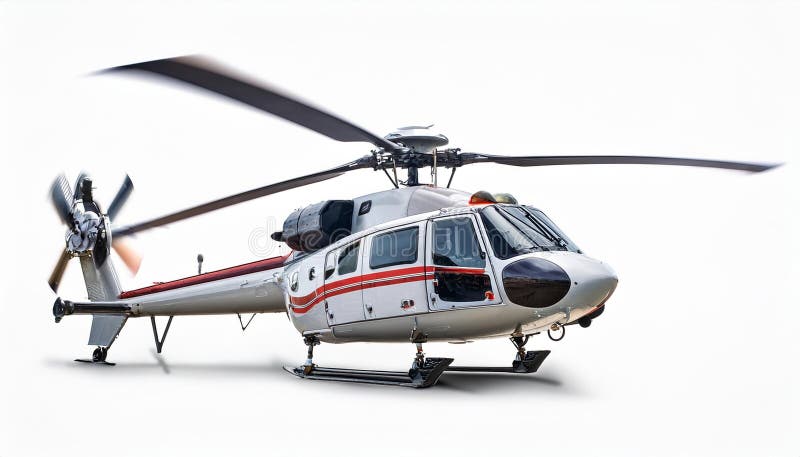
Helicopters are fascinating machines that can take off and land vertically, hover in place, and fly in all directions. But how do they work? In this article, we’ll break down the main components of a helicopter and explain what each part does to make flight possible.
🌀 1. Main Rotor Blades
Function: Provides lift and thrust.
The main rotor is the most noticeable part of a helicopter. It’s the big spinning blade on top. These blades work like airplane wings but spin in a circle to lift the helicopter off the ground and control direction.

🔄 2. Rotor Mast and Hub
Function: Connects the rotor blades to the engine and controls pitch.
The mast is the shaft that holds the rotor blades and spins them. The hub connects the mast to the rotor blades and allows them to change their angle (pitch), helping the pilot steer the helicopter.

🛠 3. Engine
Function: Powers the helicopter.
Most helicopters use either turboshaft engines or piston engines, depending on their size. The engine generates the power needed to turn the rotor blades.

🧭 4. Cockpit
Function: Pilot control center.
The cockpit is where the pilot sits and controls the helicopter. It includes the cyclic stick, collective lever, pedals, and an instrument panel.

🦶 5. Landing Gear (Skids or Wheels)
Function: Supports the helicopter when on the ground.
Helicopters may use skids (long metal bars) or wheels to land and stay stable on the ground. Skids are more common in smaller helicopters.
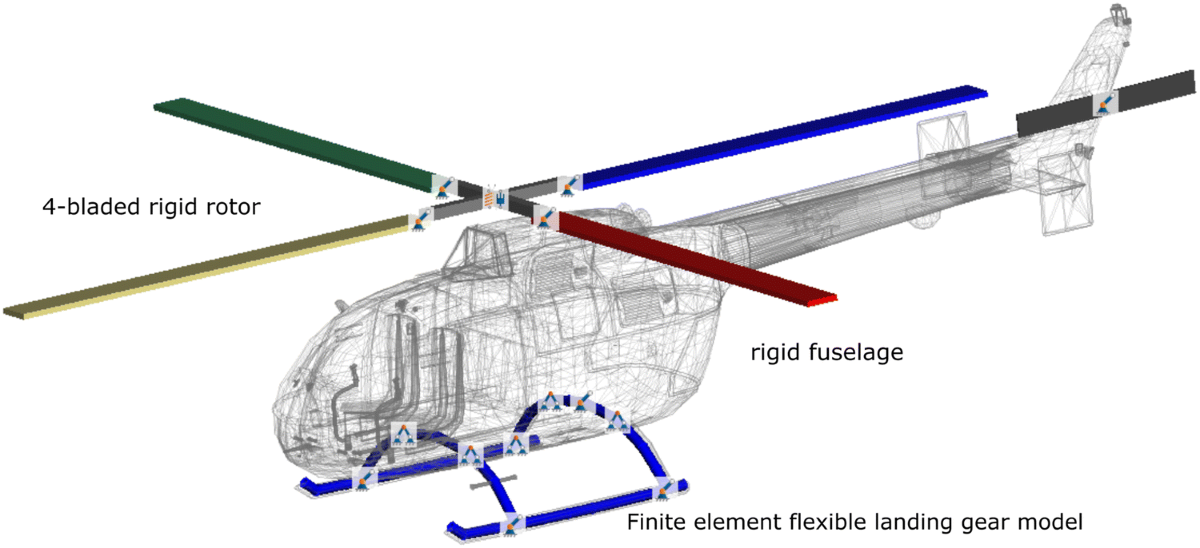
🪶 6. Tail Boom
Function: Supports the tail rotor and provides stability.
The tail boom is the long extension from the main body to the tail. It helps balance the helicopter and holds the tail rotor in place.
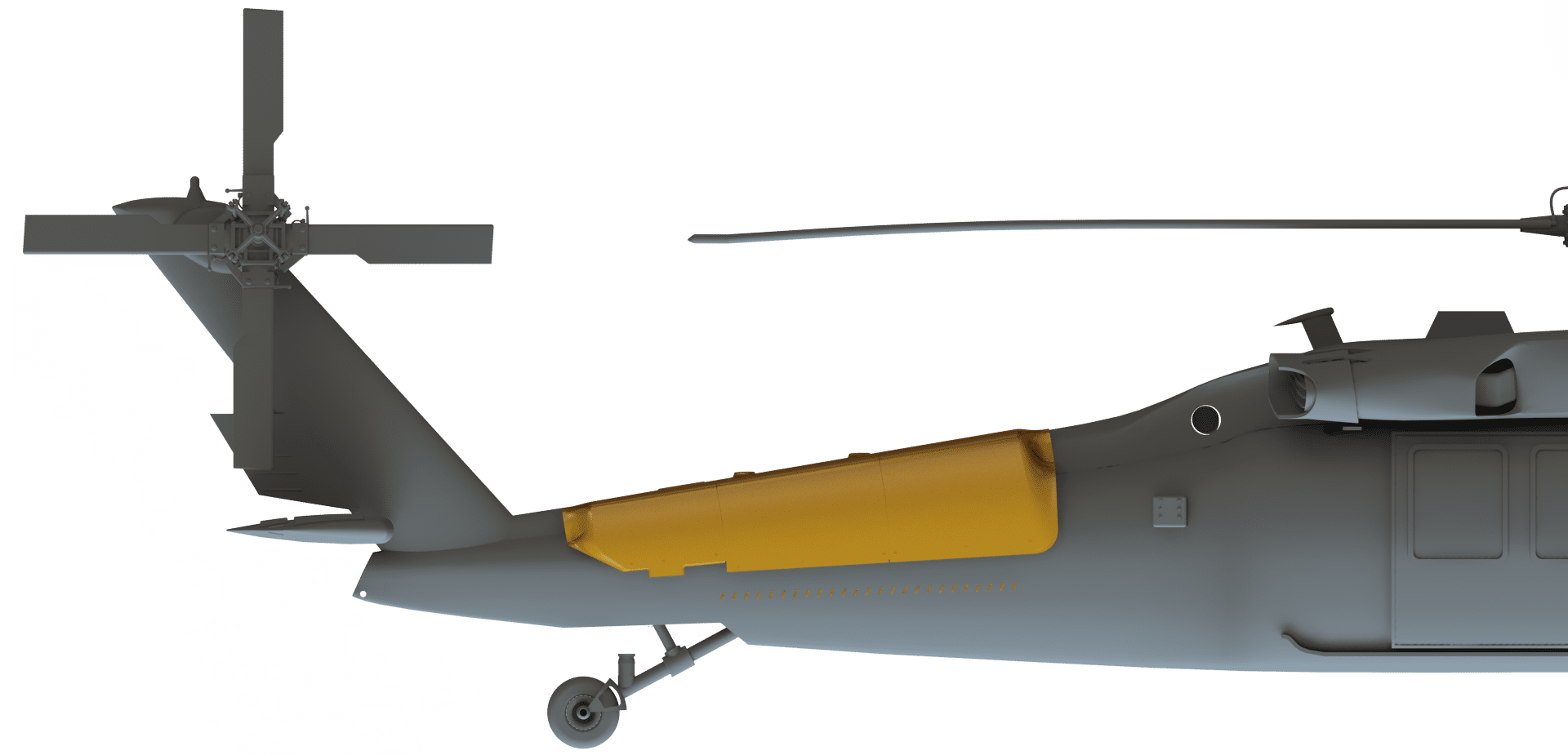
🌪 7. Tail Rotor (or Anti-Torque System)
Function: Prevents spinning and helps with steering.
When the main rotor spins, it creates torque that would cause the body to spin in the opposite direction. The tail rotor counteracts this force and helps steer the helicopter’s nose left or right.

⚙️ 8. Transmission System
Function: Transfers engine power to the rotors.
The transmission connects the engine to both the main rotor and tail rotor. It adjusts the speed and direction of rotation so everything works in sync.

🧱 9. Fuselage
Function: Main body of the helicopter.
The fuselage is the central structure that holds all the major parts together — engine, transmission, cockpit, and more. It also carries passengers or cargo.

🧠 Summary
Each part of a helicopter plays a crucial role in making vertical flight possible. From the powerful engine to the rotating blades and stabilizing tail, all components must work together perfectly. Understanding these components helps us appreciate the complexity and engineering brilliance behind every helicopter.
Thank you
Thank you..
